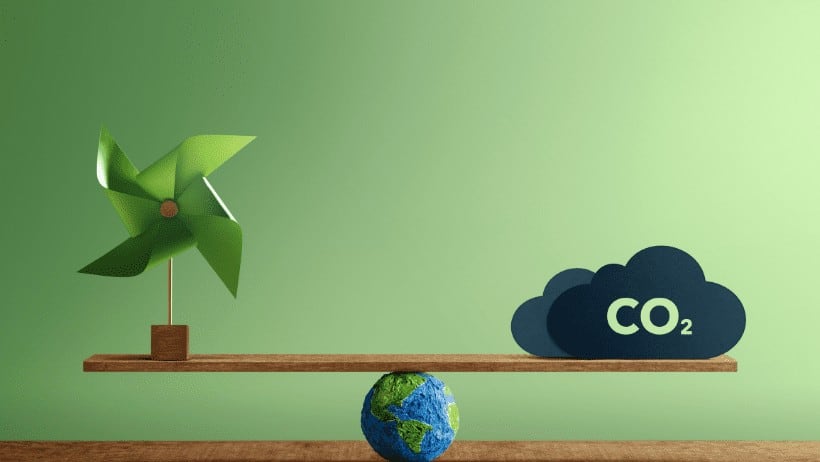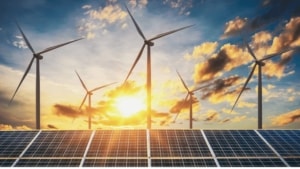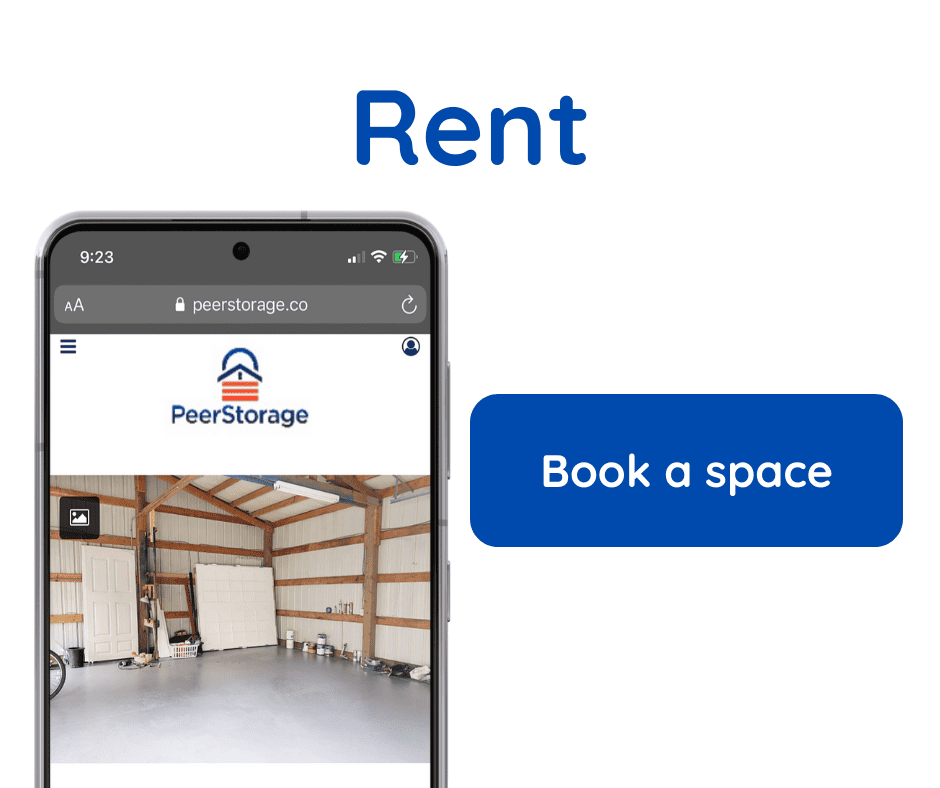21 Places to Get Free Moving Boxes
- May 13, 2021
- 24 hour storage near me, Eco-Friendly, Moving, Self Storage, Storage unit near me
Moving boxes can be used for so many things even when you’re not moving. Here is a list of 21 online and…
Read More
The storage industry is not the most obvious example of a greenhouse gas emitter, but looking closer, we see that self-storage involves a variety of energy-intensive processes and that as the world transitions to a greener carbon-negative future, changing energy sources is going to ripple through the world of self-storage.
This will produce changes that, in the long term, are good for everyone (net-zero carbon emissions is a goal we should all share) but that, in the short term, require difficult decisions which might change how the industry operates.
There are various opportunities to contribute to a carbon-negative future that everyone hosting self-storage spaces, the tenants renting these spaces, and the companies linking both parties should be fully aware of.
If an organization or person is carbon-negative, that means they’re taking more carbon out of the atmosphere than they put into it. In practice, this involves some form of carbon offset scheme, where the organization measures the amount of carbon (or greenhouse gases in general) their industrial activity produces and then purchases carbon offsets.
Companies do this by either paying a company that plants trees or engages in some other form of carbon capture or funding any number of the institutions involved with carbon offset programs. A similar term, carbon-neutral, involves the same process but stops short of trying to lower greenhouse gas levels.

The word “storage” conjures up images of items tucked out of the way, harmlessly waiting for their owners to need them again. The source of carbon dioxide emissions is not really from the actual process of safely keeping household items for later use, although the energy used in climate-controlled storage does play a part.
The real culprit of carbon emissions is the concrete, steel, and aluminum used in constructing traditional storage facilities or the houses and garages used in peer-to-peer storage. Just the production of these building materials is responsible for 23% of global carbon emissions. But here, a distinction has to be made between the traditional self-storage industry and the newer model of peer-to-peer self-storage.
In the traditional storage industry, belongings are stored in large concrete warehouses’ individual garages with familiar rolling metal doors. These storage facilities are, on average, 57,000 square feet; the concrete for a project of that size would generate 738,400 pounds of CO2.
For a traditional storage industry that wants to go carbon-negative, that spells a serious transition in how they source their building materials, as well as substantial investments in carbon offsetting programs.
We’ll get into what switching to carbon-negative sources of building materials might mean below.

In the peer-to-peer storage model, you’re much more likely to be storing your possessions on somebody’s private property, and while private homeowners are likely to emit less carbon than a large storage facility, they are also much less likely to have the resources to invest in carbon capture programs.
They’re also not likely to be building zero-emission units on their property just for the sake of storage, so the opportunities to decrease carbon emissions in peer-to-peer storage by sourcing carbon-negative building materials will be very rare.
Of course, private homes are used for multiple purposes, not just storage; they’re seldom made from concrete; and there are numerous ways for homeowners to reduce their carbon footprint, all of which contribute to peer-to-peer storage being less carbon intensive than traditional self-storage.
The biggest impact of a world going carbon-negative on the peer-to-peer self-storage industry will be the responsibility taken for carbon offsetting by the platforms like Peerstorage that connect property owners with extra space (hosts) to people in need of storage (tenants).
It makes sense that the platform connecting tenants with hosts should take responsibility for the industry’s carbon-negative future. Just by using an organization like Peerstorage that commits to a carbon-negative future, you’re putting your cash to work planting trees through a carbon offset program every time you list your parking spot or bedroom (or any form of listing) and as tenants every time you book a space.
That takes the onus of responsibility for putting in the research of finding a good carbon offset program off the shoulders of busy people and into the hands of a company whose job is to worry about these things.

For other businesses like Peerstorage that see the necessity for a carbon-negative future (and for individuals who also want to get involved this way), there are a number of different carbon-offset programs to choose from. Here’s a short list of some of the more popular programs for small businesses, individuals, and families, and a few organizations supporting the transition to net zero.

Accurately calculating and reporting the amount of energy involved in connecting peers for self-storage is difficult, from the energy expended to safely keep their possessions for a specific period of time to the carbon emitted from the business’s own office space and energy use and putting in the time and effort to make these difficult calculations will be a significant change for any business that decides to be carbon-negative.
A number of the companies listed above can help small businesses make the difficult calculations required for carbon offsetting, but for those businesses wishing to invest in their future in that way, that might mean trade-offs and possibly some difficult decisions to make on how much they charge for their services.
Self-storage businesses primarily make their money by charging small fees on each transaction between their customers. Going carbon-negative might mean the storage industry has to adjust these nominal percentages to aid in their energy transition or find the money to do so from somewhere else.
What’s certain is that the cost of not making this transition will be a lot higher for everyone in the long run, so any extra expenses incurred by participating in carbon offsetting are ultimately a minimal price to pay for the businesses and their customers.
While companies like Peerstorage are leading the way in going carbon-negative, the changes have to happen on a societal level, including houses being built with greener materials and, more efficiently, renewable energy powering our cars, our climate-controlled storage units, and houses.
Green energy solutions, in general, are replacing the current status quo.
While climate offset programs are a great option for customers of peer-to-peer storage companies that want to chip in in some way on their own, here are some ways hosts can make their properties more environmentally sound.
These changes will obviously benefit homeowners in other aspects of their life, as contributing to a carbon-neutral world is excellent news for your energy bills.

Going even further back in the process of making your home carbon-neutral (carbon-neutral is different from carbon-negative, but it’s worth aiming for since we have to reach the first milestone before hitting the latter), a variety of new companies are getting started with zero emissions construction.
If you are thinking of building a new garage to make money from peer-to-peer storage, or if you’re building a new house with a bit of extra space, consider your options for building with a zero-emissions contractor.
For tenants, consider ideas like whether it’s really necessary for items to be in climate-controlled storage or if you can make do with a regular space and save energy, and when it’s reasonable, choose hosts who have taken steps to create climate-friendly storage spaces.
A carbon-negative future will change how the storage industry builds its facilities, and for peer-to-peer storage companies, it will mean investments in carbon offsetting programs and encouraging their customers to choose businesses with a climate plan.
Carbon capture projects are doing essential work, but paying for carbon offsetting might affect how the storage industry assesses fees, which will continue to separate the businesses that aren’t yet willing to take tough but necessary decisions from those on the forefront of climate action.


Join The Discussion